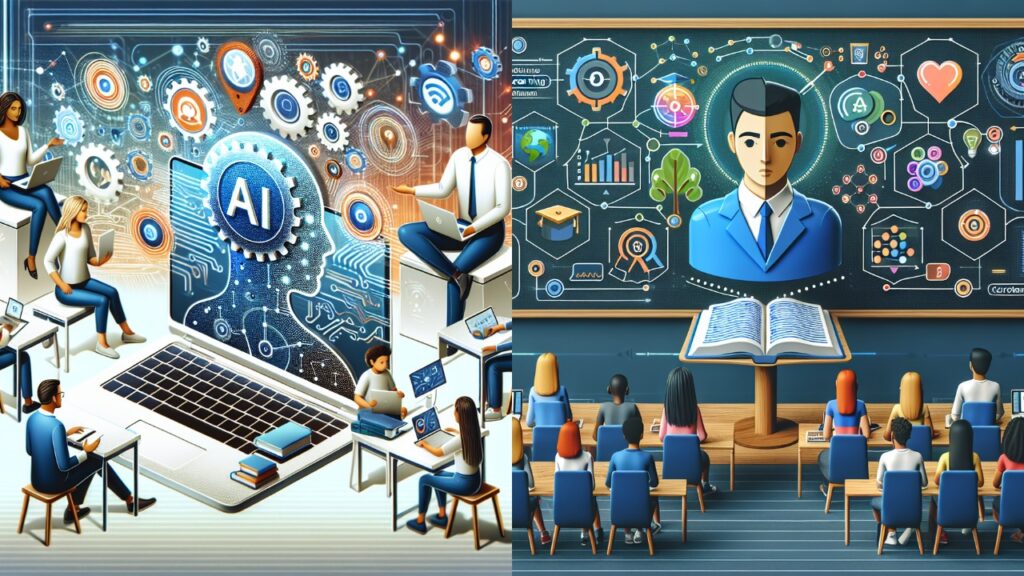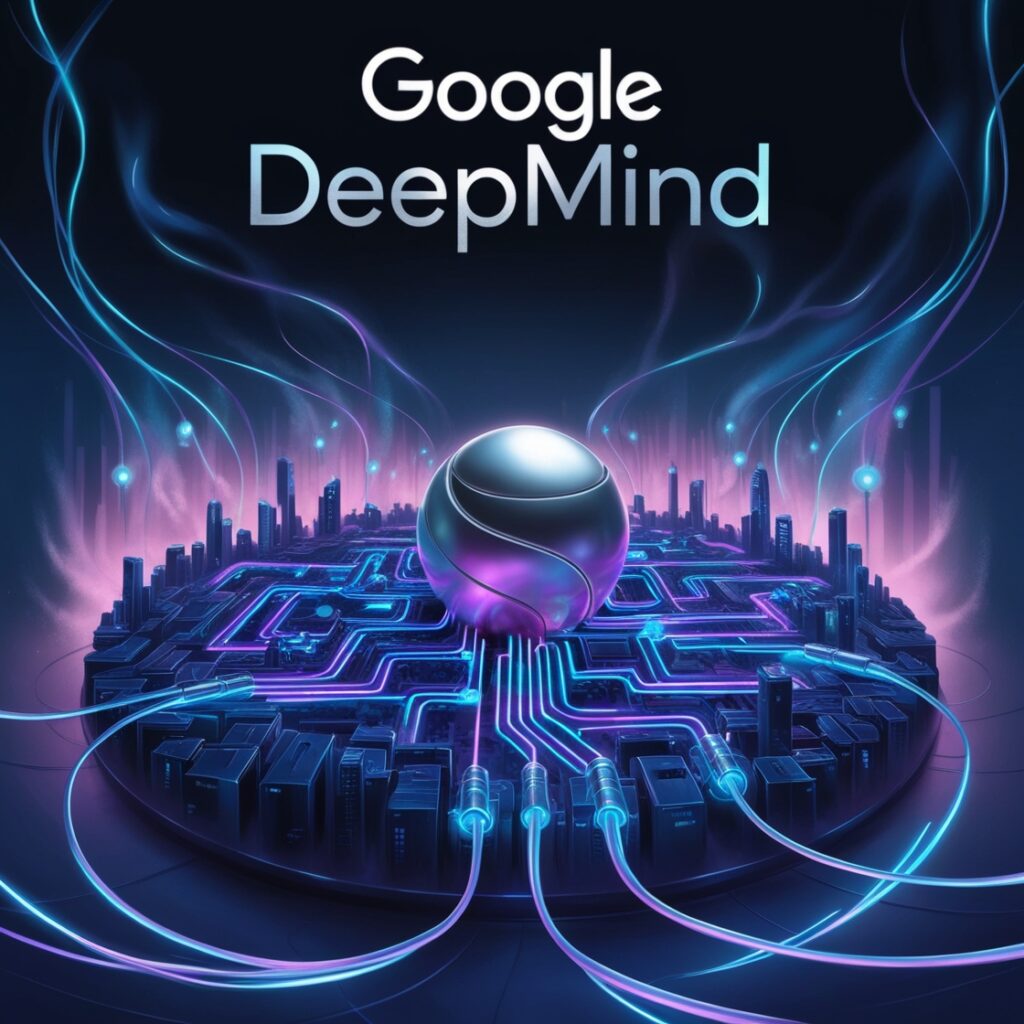Techniques for Using AI in Learning Environments
Education is evolving at the same pace as the digital environment. New avenues for enhancing the educational process have been made possible by the incorporation of artificial intelligence (AI) into learning systems. Using AI gives students of all ages a wide range of alternatives to enhance performance, boost engagement, and customize learning. Let’s examine eight strategies—backed by data and insights from the real world—that are utilizing AI-powered learning platforms to revolutionize the field of next-generation education.
Tailored Learning Journeys
Individualized learning paths can increase student engagement by as much as 60% and educational results by 30%, according to a McKinsey report.
Artificial Intelligence Systems leverage student learning behaviors, preferences, and performance data to create customized learning paths. With personalized learning paths, students may learn at their own pace and in their preferred way, which promotes a deeper understanding and mastery of concepts.
Adaptive Learning
By 2025, the global market for adaptive learning products is expected to reach a value of $5.3 billion, according to Markets and Markets. Based on real-time performance data from students, adaptive learning platforms employ artificial intelligence algorithms to dynamically adjust the level of difficulty and speed of the learning material. Thanks to this customized approach that maximizes learning outcomes, each student will receive unique assistance and challenges.
Intelligent Tutoring Systems
Intelligent tutoring systems can boost student accomplishment levels to the same level as one-on-one tutoring, according to study from the US Department of Education. AI-powered tutoring programs provide students with personalized feedback, clarifications, and encouragement, simulating the work of human tutors. These systems adapt to the specific needs of each learner, offering dynamic and captivating educational opportunities that promote in-depth understanding and the growth of skills.
Feedback Using Natural Language Processing (NLP)
According to a research in the Journal of Educational Psychology, using NLP to give students targeted, timely feedback improves their learning and engagement. NLP algorithms evaluate students’ written answers and offer instantaneous feedback on their communication and comprehension abilities. By automating the feedback process, NLP increases the effectiveness and efficiency of exams while freeing up teachers to concentrate on specific interventions.
Smart Content Curation
68% of instructors think AI-powered content curation enhances student learning outcomes, per a Deloitte survey. Algorithms based on artificial intelligence (AI) assist educators in choosing and organizing teaching resources from a range of sources, such as books, articles, and videos. By suggesting relevant resources that align with learning objectives, AI enhances their comprehension experience and promotes deeper engagement with the subject.
Predictive Analytics For Student Success
Predictive analytics is the process of analyzing performance data and student behavior using artificial intelligence (AI) to identify patterns that may indicate high dropout rates or potential issues in the classroom. Teachers can take advantage of these insights by acting quickly to help students achieve by providing targeted support and interventions.
Gamification And Immersive Learning
AI-enhanced gamification integrates learning objectives, obstacles, and game elements to motivate students to engage and advance. Examples of immersive technologies that increase involvement are virtual reality (VR) and augmented reality (AR), which create dynamic and immersive learning environments.
Continuous Assessment And Feedback
AI offers instantaneous feedback to teachers and students by assessing student development and comprehension in real-time. Artificial Intelligence (AI) identifies areas for improvement and enables tailored interventions to support students’ progress by tracking learning activities and performance data.
Future educational generations’ teaching and learning could be completely changed by integrating artificial intelligence (AI) into learning platforms. Teachers can provide students all over the world more engaging, productive, and inclusive learning experiences by utilizing AI-driven strategies such as intelligent tutoring systems, adaptive algorithms, and customized learning routes. AI will make it possible for students to reach their full potential and thrive in a world that is changing faster than ever before, making the future of education more promising than ever.
Next Steps
While integrating AI into educational platforms seems very promising, there are still a number of significant obstacles to overcome. It must be available from the start. This means that the AI must be reasonably priced and flexible enough to accommodate students with a wide range of backgrounds, languages, and skill levels.
And there’s the whole data privacy thing. Encouraging more people to support the use of AI in education requires protecting student information and using it morally. Inequality in AI is another issue that is difficult to solve. An AI system may not so much break down existing inequities as maintain them if it is trained on a small number of datasets. To ensure that every learner has a really customized experience, we require equitable algorithms. Changes must be made to teacher training programs and school systems themselves in order to properly integrate technology into education. These programs should now cover how teachers may most effectively use these new resources in addition to more conventional teaching techniques.
We can ensure that the integration of artificial intelligence into education leads to the desired outcome of more engaging courses that are tailored to the needs of individual students by addressing these concerns head-on.








